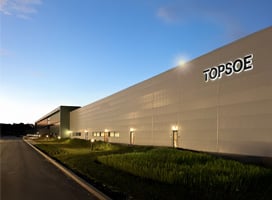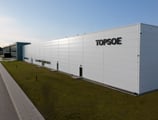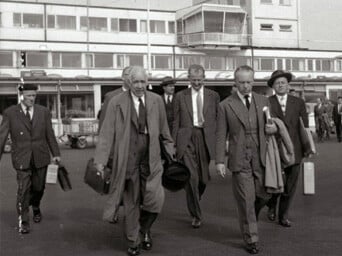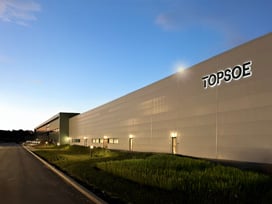Lower your ownership costs, protect your profit, and stay compliant with TopClaus™, an innovative solution that combines two proven technologies.
TopClaus™ combines conventional Claus technology from Comprimo with the proven Wet gas Sulfuric Acid (WSA) process from Topsoe to create a reliable and energy-efficient sulfur recovery unit. The result is a solution that will simplify sulfur recovery efficiency (SRE) compliance, reduce your CO2 footprint, and improve your bottom line.
.png)










![SAF Airplane runway[1]-1 1](https://www.topsoe.com/hs-fs/hubfs/SAF%20Airplane%20runway%5B1%5D-1%201.png?width=800&height=640&name=SAF%20Airplane%20runway%5B1%5D-1%201.png)





